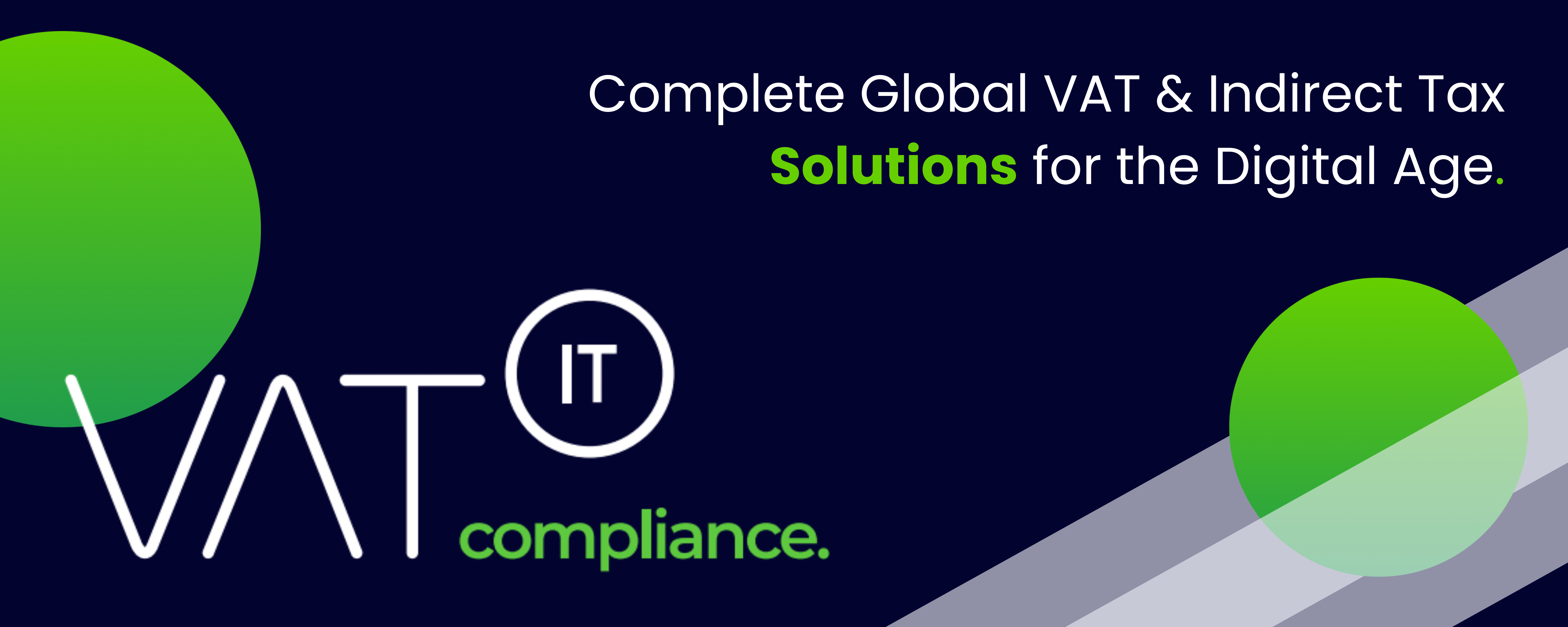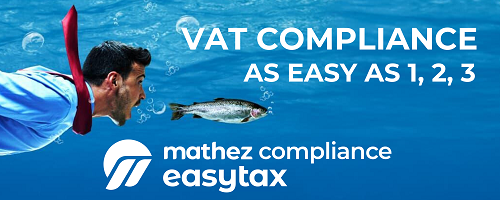The tax invoice is arguably the most important element in a VAT or GST system – underpins the ability for a business to reclaim the VAT on its purchases, as well as the basis for tax calculation, reporting, posting to the ERP and auditing by tax authorities. While the direction of travel is clear – it is e-invoicing and real-time digital reporting of transactional level data, there are lots of unique invoicing requirements around the globe, including in relation to contents, storage, language and currency. We have set out our top ten tax invoicing pitfalls to be aware of if you do business internationally.
- 1. Language
- 2. Sequential numbering
- 3. Digital signatures
- 4. PDF is generally not an electronic invoice for VAT purposes
- 5. Supplier and customer VAT numbers
- 6. Storage and archiving
- 7. Currency and exchange rates
- 8. Description of the goods or services
- 9. Commercial and legal requirements
- 10. Self-billing
Source Avalara
Latest Posts in "World"
- AI Revolutionizes Accounts Payable: Transforming Invoice-to-Pay Automation for Financial Efficiency
- Recent ECJ/General Court VAT Jurisprudence and Implications for EU Compliance (Jul–Aug 2025)
- E-Invoicing & E-Reporting developments in the news in week 34 & 35/2025
- Customs Valuation & Transfer Pricing: Insights from WCO Case Study 14.3 (Cost Plus Method)
- Improving Customs Efficiency: Overcoming Manual Processes with Automation and Strategic Outsourcing














